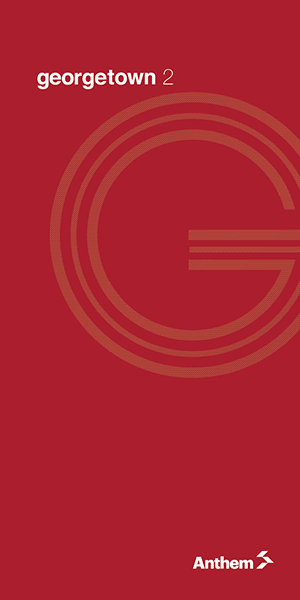Stockholm (IANS): Three scientists – John O’Keefe, May-Britt Moser and Edvard Moser – have shared the 2014 Nobel Prize in physiology or medicine, the Nobel Committee announced Monday.
The Nobel assembly at the Karolinska Institute has decided to award one half of the physiology or medicine prize to John O’Keefe and the other half jointly to May-Britt Moser and Edvard Moser for their discovery of cells that constitute a positioning system in the brain, Xinhua reported.
According to a statement of the committee, this year’s laureates have discovered an “inner GPS” in the brain that “makes it possible to orient ourselves in space, demonstrating a cellular basis for higher cognitive function”.
In 1971, John O’Keefe of University College London discovered the first component of this positioning system. He found a type of nerve cell in an area of the brain called the hippocampus that was always activated when a rat was at a certain place in a room.
Other nerve cells were activated when the rat was at other places.
O’Keefe concluded that these “place cells” formed a map of the room.
More than three decades later, in 2005, May-Britt and Edvard Moser from the Norwegian Institute of Science and Technology discovered another key component of the brain’s positioning system, announced Nobelprize.org, the official website of the Nobel prize, in a statement.
The couple identified another type of nerve cell, which they called “grid cells” that generate a coordinate system and allow for precise positioning and path finding.
Their subsequent research showed how place and grid cells make it possible to determine position and to navigate.
“The discoveries have solved a problem that has occupied philosophers and scientists for centuries – how does the brain create a map of the space surrounding us and how can we navigate our way through a complex environment,” the official statement read.
Knowledge about the brain’s positioning system may help us understand the mechanism underpinning the devastating spatial memory loss that affects people with Alzheimer’s disease.
“The discovery of the brain’s positioning system represents a paradigm shift in our understanding of how ensembles of specialised cells work together to execute higher cognitive functions,” the statement pointed out.
The discovery has opened new avenues for understanding other cognitive processes such as memory, thinking and planning, it concluded.











